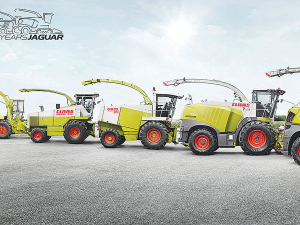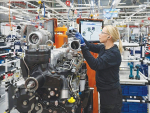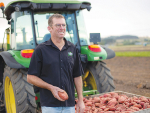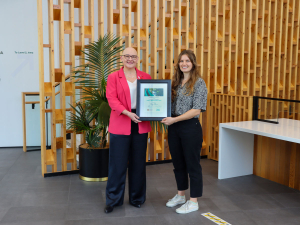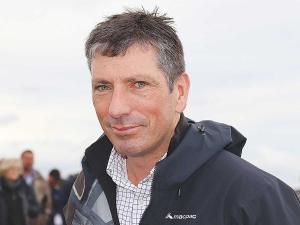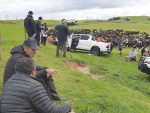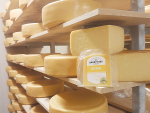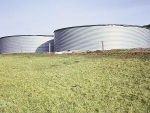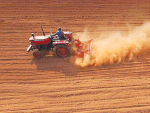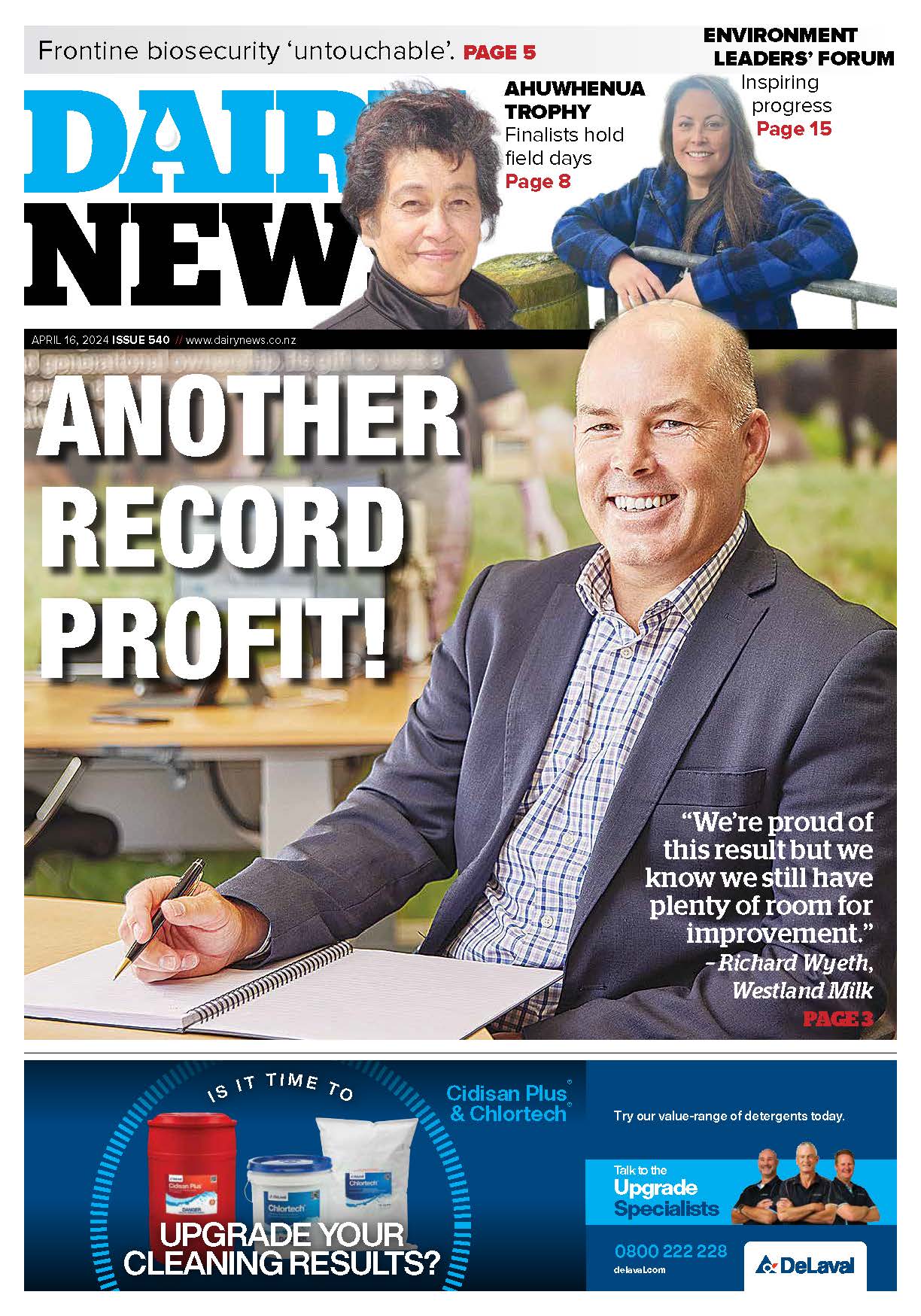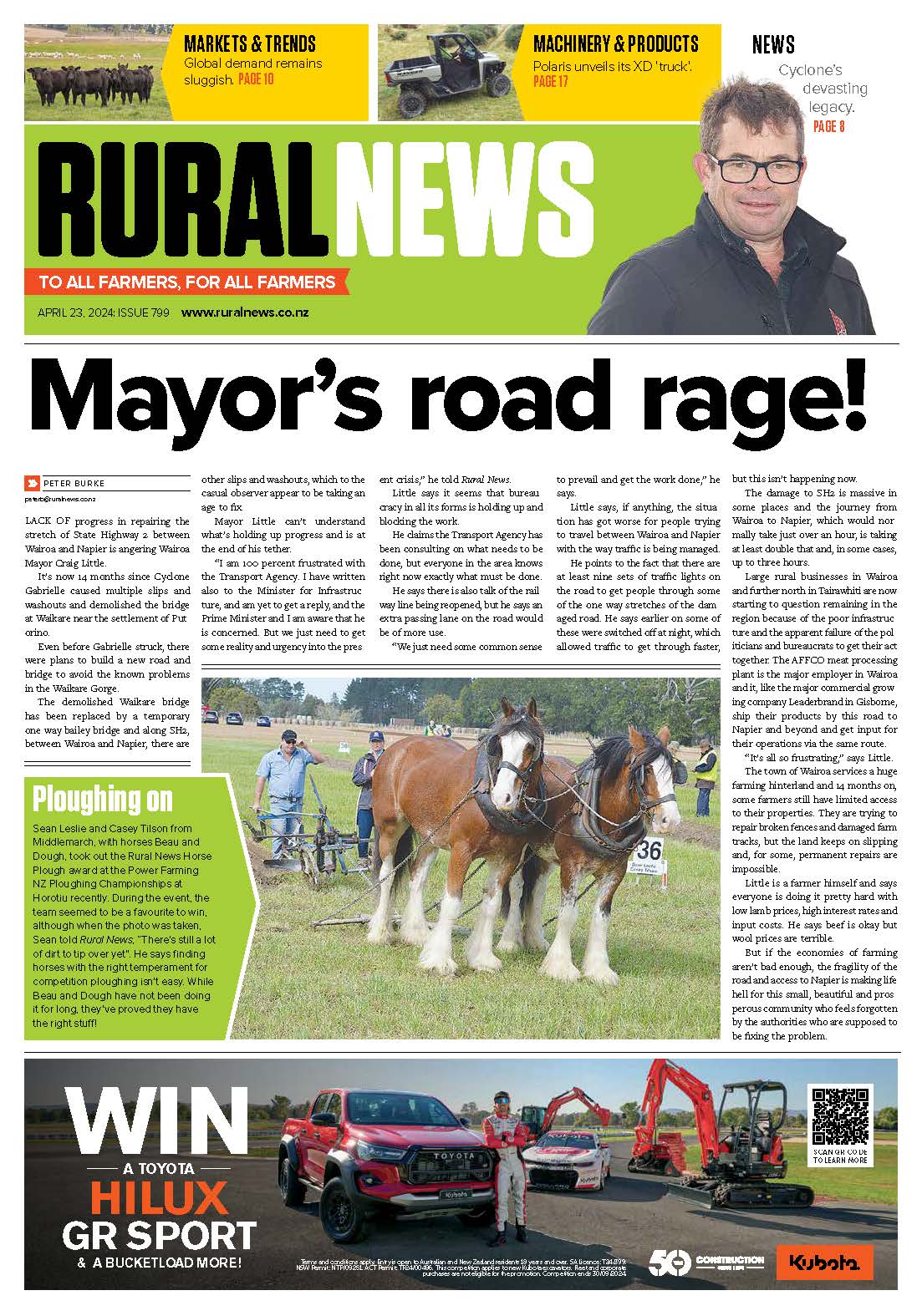Anyone with a little grey hair, or in my case, very little hair, will remember the early 1970s, when they likely saw their first self-propelled forage harvester.
Back then, the name Jaguar was associated with expensive sports cars, but following the launch of the Claas 60 SF in 1973, it became the byword for harvesters.
Fifty years later, the Jaguar remains popular for farmers and contractors around the world thanks to its outstanding kernel processing technology, its drive systems that protect the soil, and its extremely low full-cost profile.
Like a tractor and a combine harvester, the self-propelled forage harvester is today a key machine for many farmers and contractors, with the Jaguars being called on to chop the staples of grass and maize, but also alternative crops, such as elephant grass and sugar cane straw in Thailand to lavender in the south of France.
Back in the 1970s, the increasing cultivation of maize and the trend towards self-propelled machines brought about a gradual changeover from trailed to self-propelled forage harvesters, a development which occurred almost simultaneously in North America and Europe.
Claas entered the segment in 1973, after two distributors had previously produced the first prototypes on their own initiative. Sales of the 120hp model, whose development drew on assemblies from the trailed Jaguar 60-cylinder forager and the combine harvester models of the time, ran to 33 units in the first year and grew to 500 machines by the time production ended in 1976.
In 1975, the Jaguar 80 SF arrived, offering 213hp and the choice of three and four row maize heads, a discharge blower and automatic steering. At the same time, the successor to the Jaguar 60 SF, 70 SF, had a larger chopping cylinder and a choice of a 150 or 175 hp engine and could harvest maize with a sustained throughput of 75t per hour.
1983 saw the launch of the new Jaguar 600 series whose principal new features were the metal detector, the corn-cracker and the crop accelerator, complemented by Mercedes- Benz engines and a new cab, adopted from the Dominator combine harvesters. Likewise, a new control lever enabled multiple functions to be controlled without needing to reposition the right hand. The 300hp available meant that it was possible to use 6-row maize headers, while a new multiple- knife chopping cylinder with knives arranged in an offset “V” pattern was available for harvesting whole crop silage or ground ear maize. In 1988, the Jaguar 695 Mega with its output of 354hp became the new flagship model of the series.
1994 saw the all-new Jaguar 800 model series, with its 481hp, making the 880 the world’s most powerful forage harvester at the time. Capable of harvesting eight rows of maize with a single header for the first time, one year later, the RU 450 joined the product portfolio as the first row-independent, Claas maize header with a working width of 4.5m.
In 2001, Jaguar 900 become the first model to break the 600hp ‘sound barrier’, quickly followed in 2003 by the Speedstar, that in addition to a new high of 623hp, also become the first forage harvester to be approved for travel at 40 km/h on the road.
By 2008, the new 900 model series pushed the limits of performance higher and even featured a twinengine system capable of delivering up to 830hp in the 980 model. Updates included a new V-MAX chopping cylinder with its paddle-type knives and the optional auto fill automatic camera and control system. From 2012, an optional NIR sensor enabled continuous measurement of the dry matter content and other constituents in addition to accurate area-specific yield documentation. In 2015, Claas acquired the Shredlage chopped maize processing technology, which was developed in the USA.





